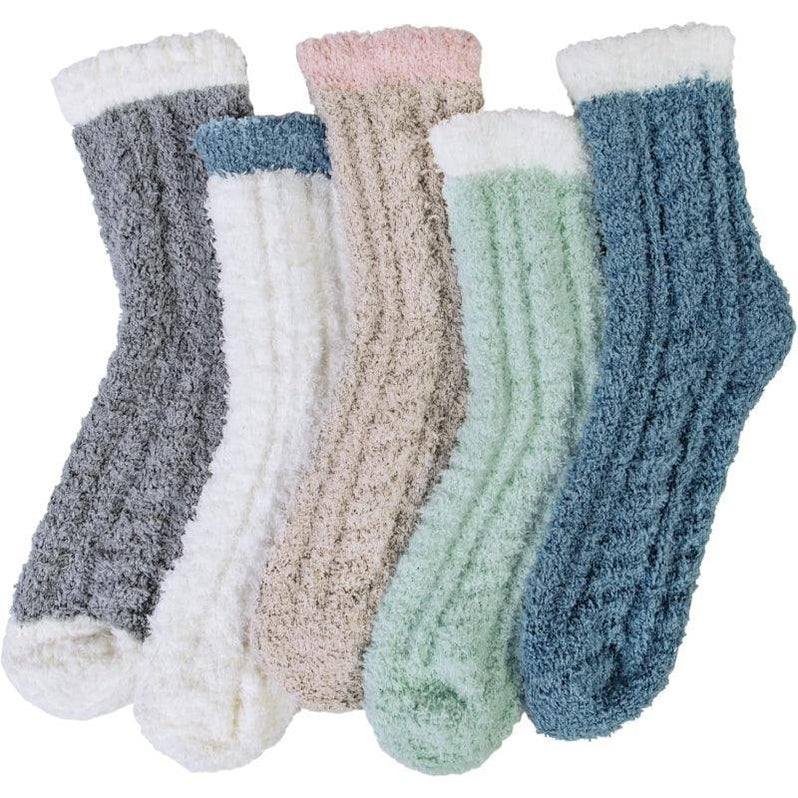Diabetes can lead to a range of foot problems, including the development of foot ulcers and infections. These issues occur due to poor circulation, nerve damage, and high blood sugar levels, which can make it difficult to detect injuries or irritation. One of the most effective ways to protect your feet and prevent complications is by wearing diabetic socks.
Why Diabetic Socks Matter
Diabetic socks are specifically designed to reduce the risk of foot ulcers and infections in individuals with diabetes. These socks have a few key features that set them apart:
- Moisture-Wicking Properties: Diabetic socks help keep feet dry by drawing moisture away from the skin. This is crucial because excess moisture can create a breeding ground for bacteria, increasing the risk of infections.
- Non-Binding Top: Traditional socks with tight bands can restrict circulation, especially for those with diabetes. Diabetic socks feature a non-binding top to ensure that blood flow remains unrestricted, reducing the risk of pressure sores and irritation.
- Seamless Design: The seams in regular socks can cause friction and irritation, leading to blisters and cuts. Diabetic socks are typically seamless, providing a smooth surface to reduce friction on the skin.
- Antimicrobial Treatment: Many diabetic socks are treated with antimicrobial agents that help prevent the growth of bacteria and fungi, further reducing the risk of infections.
How Diabetic Socks Help Prevent Foot Ulcers
Foot ulcers are open sores that can develop from pressure, trauma, or infection, and they can be particularly dangerous for individuals with diabetes. Diabetic socks help by providing a cushion around the feet, reducing friction, and preventing the skin from breaking down. By promoting healthy circulation and moisture control, these socks help keep your feet safe from the development of ulcers.
Prevention of Infections with Diabetic Socks
Infections are a serious concern for diabetics, especially when wounds do not heal quickly. The combination of moisture-wicking materials, a non-restrictive fit, and antimicrobial treatment in diabetic socks significantly lowers the chances of infections. Wearing diabetic socks regularly can help keep the feet clean, dry, and protected, lowering the risk of bacterial or fungal infections.
Conclusion
For people with diabetes, taking care of your feet is essential to avoid complications like foot ulcers and infections. Diabetic socks play a crucial role in this process by improving circulation, preventing moisture buildup, and protecting the skin from irritation.





Comments